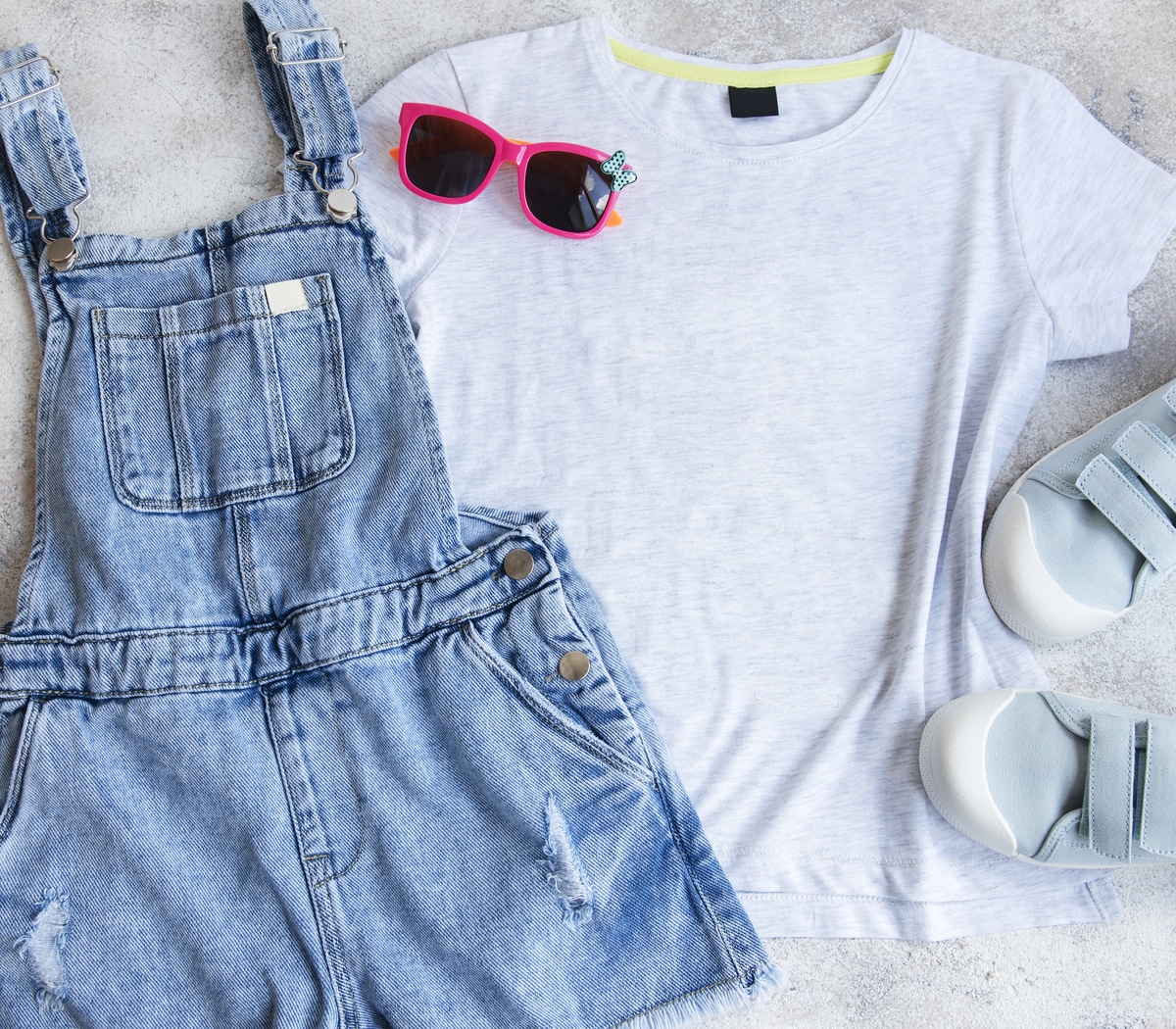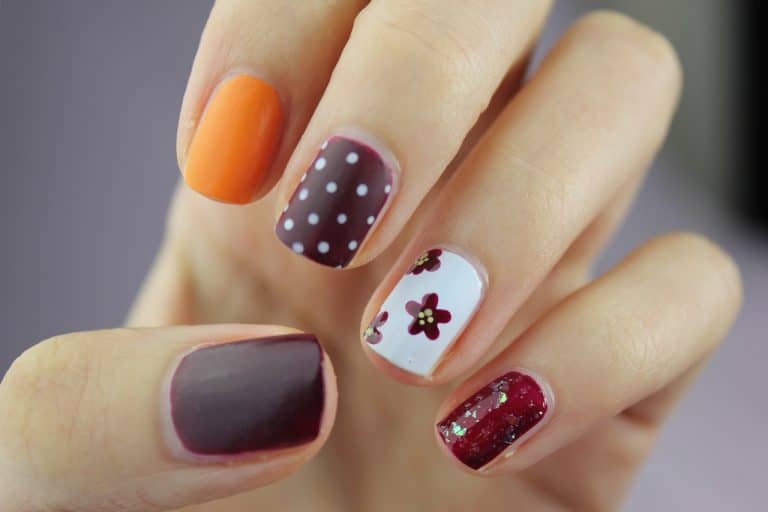As parents, we want to protect our children from harm as much as possible. We carefully choose the food they eat, the products they use, and even the clothes they wear. But have you ever thought about the toxicity in your child’s clothing? Yes, you read that right. Some clothing materials can be harmful to your child’s health. In this checklist, we’ll discuss why some clothing materials are toxic and the actions parents can take to ensure non-toxic clothes for their kids.
Why Are Some Clothing Materials Toxic?
There are various reasons why certain clothing materials can be toxic. One of the main reasons is the use of chemicals during the manufacturing process. Some common toxic chemicals may include pesticides, azo dyes, formaldehyde, and phthalates.
- Pesticides are used to prevent insect damage on crops, but they can also be present in cotton or other natural textile clothing if not properly washed or processed.
- Azo dyes are commonly used in synthetic fabrics and have been linked to skin irritation and even cancer.
- Formaldehyde is a chemical used to prevent wrinkles in clothing, but it has been classified as a human carcinogen. Studies have found that even when formaldehyde is technically below legal limits in clothing, it may still be present.
- Phthalates are commonly used in plastic and can be found in some synthetic plastic-based fabrics like polyester and nylon. Phthalates have been linked to hormonal disruption and reproductive issues.
While the small amount of chemicals we might encounter through our clothes is usually not a big health concern, it’s a good practice to avoid these chemicals when possible. Plus, we all know that your kid’s skin can sometimes be more sensitive than adults’ skin, so why not play it safe to avoid even minor irritation?
Checklist: Actions Parents Can Take
Fortunately, there are steps that you, as parents, can take to ensure their child’s clothes are non-toxic. Here is a checklist to follow:
- Choose clothes colored with natural dyes such as plant-based dyes or other eco-friendly dyes. These are less likely to contain harmful chemicals and, as an added bonus, are better for the environment.
- Look for organic textiles, such as cotton or linen, that have been grown without the use of pesticides or synthetic fertilizers. This reduces the risk of exposure to these harmful chemicals. For organic textiles, you can look out for GOTS certification, which shows clothing has been made without harmful chemicals.
- Wash new clothes before your child wears them. This helps to remove any chemicals or dyes that may still be present from the manufacturing process.
- Consider buying second-hand clothing. Not only is this more environmentally friendly, but it also reduces the risk of exposure to harmful chemicals as these clothes have already been washed multiple times.
- Look for OEKO-TEX-certified clothes. This certification ensures that the fabric has been tested and found to be free of harmful substances. Some companies
By following this checklist, you can make more informed choices when it comes to your child’s clothing and reduce their exposure to harmful toxins. Remember, every small step towards non-toxic clothing makes a big difference in your child’s health and well-being. So next time you go clothes shopping for your little one, keep these tips in mind and choose non-toxic options for a healthier future. Your child will thank you for it!











